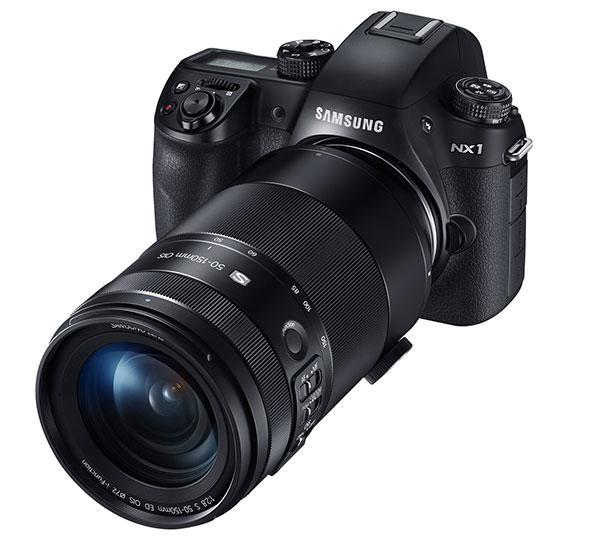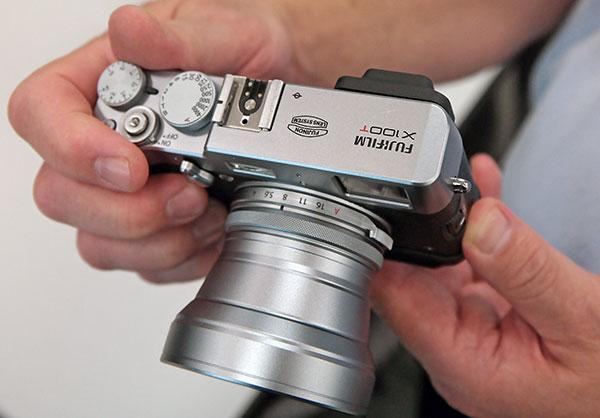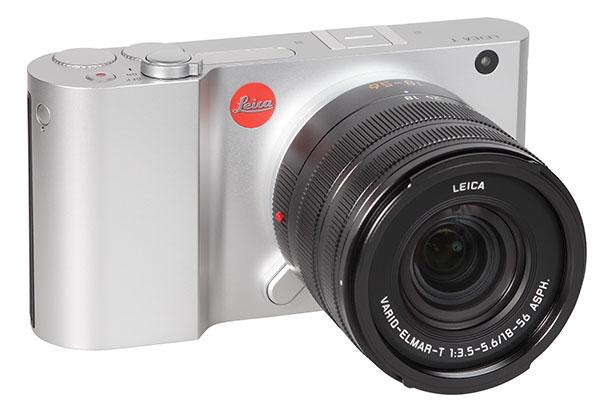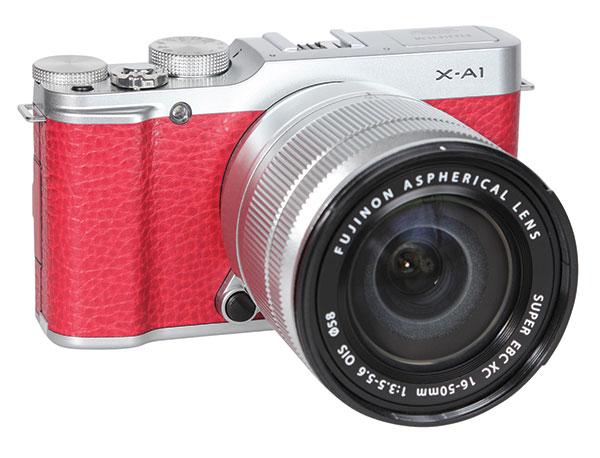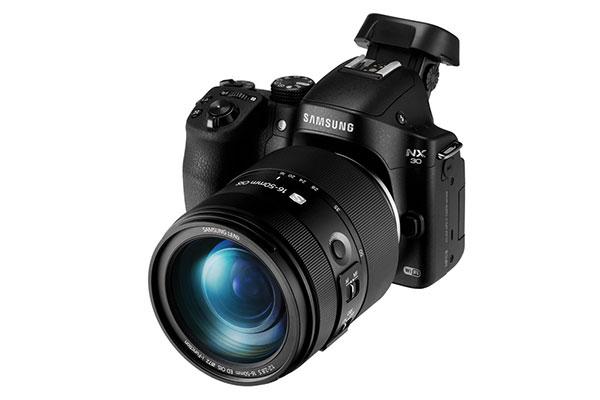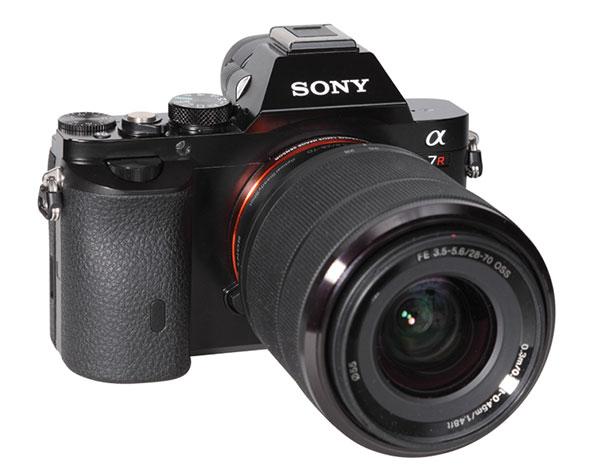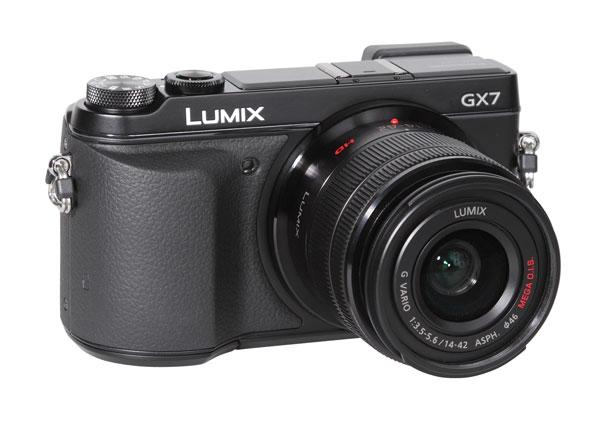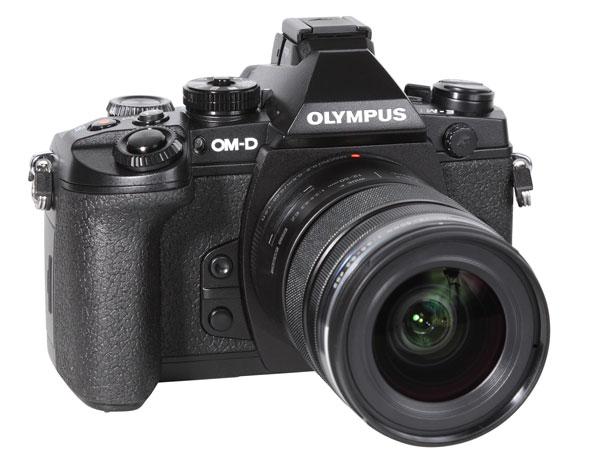Mirrorless Camera Reviews
Sort By: Post Date TitlePublish Date
|
Feb 03, 2015 |
|
Jan 30, 2015 |
|
Jan 02, 2015 |
|
Dec 31, 2014 |
|
Dec 02, 2014 |
|
Sep 02, 2014 |
|
Jul 15, 2014 |
First Published: Jun 01, 2014 |
|
Jun 27, 2014 |
First Published: May 01, 2014 |
|
Jun 24, 2014 |
First Published: May 01, 2014 |
|
May 15, 2014 |
First Published: Apr 01, 2014 |
|
May 13, 2014 |
First Published: Apr 01, 2014 |
|
Apr 21, 2014 |
First Published: Mar 01, 2014 |



